

Editor's note
Vietnam has undergone many administrative unit arrangements, separations and mergers of provinces and cities to meet the development and management process in each historical period.
This time, according to the policy of the Politburo and the Secretariat, localities will carry out a comprehensive and extensive administrative unit arrangement at the provincial, district and communal levels. In particular, some provinces will be merged, the district level will not be organized, and the communal level will be rearranged to build a 2-level local government model (province and grassroots).
Looking back at the past, there will be many necessary lessons for the process of arranging administrative units in the coming time.
VietNamNet has produced a series of articles "Provincial mergers, looking back at the past, reaching for the future" to share some perspectives as well as good experiences and valuable ways of doing things from those who have had experience in previous administrative unit reorganizations.
Nearly 30 years ago, when Hai Hung province had not yet been split into Hai Duong and Hung Yen, Mr. Dao Quang Chuyen, then secretary of the Provincial People's Court, witnessed profound changes in the administrative and social systems.
After the province was separated (in 1996), Mr. Chuyen continued to work at the People's Court of Hai Duong province as a judge. After a long time working in the judiciary, he decided to leave the State, turn to business, and open a company producing green bean cakes - a specialty of his hometown.
“I remember in 1990 and 1991, the roads were still difficult to travel. To try a mobile case in the district, I had to cycle on a bumpy road covered with gravel, crushed stone and gravel from dawn. It took me nearly 3 hours to get to the court in time to prepare for the trial.
Around 1990-1994, when I worked in the investigation department, I had to go to check case files in the districts. Each trip to and from the districts in Hai Hung province took 5-6 hours by bicycle," Mr. Chuyen recalled.
According to Mr. Chuyen, in those years, people who wanted to do administrative procedures such as vehicle registration or ID card... had to take a bus to the provincial center, which was extremely difficult.
After leaving the government to start his own business, Mr. Chuyen built a famous green bean cake brand in Hai Duong, domestically and internationally. He believes that the difficulties of the early stages have trained him to have a realistic view and courage in business.
Regarding the current policy of merging provinces, Mr. Chuyen strongly supports: “Society has changed, it is no longer possible to develop the economy within small administrative limits. The merger will open up a larger space for economic development.”

The 52 provinces and cities proposed for merger include places associated with Mr. Chuyen, such as Hai Duong, Hung Yen, and Hai Phong. The arrangement of administrative units, according to the Ministry of Home Affairs, is not only based on criteria of natural area and population size, but also carefully considers historical, traditional, cultural, and ethnic factors.
The ultimate goal of the arrangement of administrative units and provincial mergers is to promote national development, expand development space for new administrative units, and promote the role of dynamic regions, economic corridors and growth poles.
Prioritize the arrangement of mountainous and delta administrative units with coastal administrative units; harmoniously and reasonably combine administrative units with adjacent and close locations, consistent with development orientation, to support each other and promote economic growth.
Mr. Chuyen gave an example: instead of each province wanting to establish a logistics service center, when merging, the provinces can focus their efforts on creating modern, smart centers of regional and international stature. Instead of each province having small raw material areas, when merging, the provinces will be larger and have better supporting resources. In addition, streamlining the apparatus will help make better use of human resources.

Sharing this perspective, Mr. Cap Trong Cuong, leader of a large company in the field of maritime transport and seaports, said that currently, the transportation system has developed strongly. Modern highways, many new airports, new seaports, the North-South high-speed railway system is about to be deployed and especially the development of information technology has helped the world become flat, online public services, online sales...
Merging provinces and streamlining the apparatus will reduce the burden of regular expenditures and create favorable conditions for economic development.
“Currently, the budget spends 70% on regular expenditures, most of which are on salaries for the administrative apparatus, leaving only 30% for development investment. Meanwhile, if the country wants to develop, development investment expenditures must be large, higher than regular expenditures. Therefore, if expenditures for the apparatus are cut, resources will be transferred to infrastructure development, business support and investment attraction...,” Mr. Cuong analyzed.
Besides, not organizing at district level will help people and businesses reduce one "door" when doing administrative procedures.
Mr. Cuong analyzed that in the past, to complete procedures for a large project, the fastest time was about 1 year, even lasting 2-3 years.
The project implementation process begins with the submission of the project to the provincial level for approval. Once approved, the investor will conduct research and propose a plan. The provincial level will then send comments to the districts for review and comments. Next, the dossier is submitted to relevant ministries and branches, then compiled and sent to the Prime Minister. After the Prime Minister responds to the locality for consideration, the dossier is submitted for approval. The entire process is lengthy, going through many levels of review.

“According to a World Bank report, countries with fewer administrative levels often process administrative procedures 20-30% faster. In the future, we will merge administrative units, no longer have district level, the process will be reduced, reducing overlap and shirking of responsibility. At that time, the commune level can play the role of field survey and statistics, to submit to the province. The province level will meet and decide, without going through the district as before. This will shorten the project appraisal time,” Mr. Cuong shared.
On the other hand, with his experience in business management, Mr. Cuong believes that a cumbersome human resources system reduces work efficiency.
“Any unit with a surplus of human resources will have slow work processing. Because, one person will look at another person to compare 'why do I have to do so much?'. From there, there will be a situation of pushing and avoiding work. But a unit with just enough or slightly lacking human resources will 'run' very quickly. With a streamlined system, employees will work more effectively, more responsibly, especially when they are paid higher than before or higher than the general level," Mr. Cuong analyzed.

If in the past, difficult transportation was one of the factors leading to the separation of provinces, today, according to Mr. Chuyen, the story has completely changed. With just a computer and an Internet connection, after a mouse click, people can complete administrative procedures on the national public service portal... Enterprises can quickly import and sell billion-dollar orders to foreign partners.
Mr. Chuyen worked during the period of restructuring the cadre apparatus during the period of provincial separation nearly 30 years ago. Now he has witnessed a major change in the country when the apparatus was streamlined, provinces were merged, there was no longer a district level, and commune levels were merged.
“There will be some concerns and turmoil, but this is the right thing to do. Those who are subject to the cuts will face difficulties in the beginning. However, if we accept every decision with a positive attitude, each person will find their own way… just like how I opened a new path for myself more than 20 years ago,” Mr. Chuyen confided.
According to this director’s assessment, the current job market can absorb a large number of workers. Therefore, there will be no situation where workers are unemployed when they are “thrown” out of the state apparatus.
Besides, this is an opportunity to form a strong business community.
“Those who leave the administrative system all have management experience and extensive social relationships. They are completely capable of starting a business and participating in the small and medium-sized enterprise community, especially in the context of Vietnam’s deep integration with the world,” Mr. Chuyen commented.


Vietnamnet.vn
Source: https://vietnamnet.vn/sap-nhap-tinh-hai-duong-hung-yen-nhin-lai-cuoc-chia-tay-va-van-hoi-moi-2386346.html


![[Photo] Third meeting of the Organizing Subcommittee serving the 14th National Party Congress](https://vstatic.vietnam.vn/vietnam/resource/IMAGE/2025/4/2/3f342a185e714df58aad8c0fc08e4af2)


![[Photo] General Secretary To Lam receives Russian Ambassador to Vietnam](https://vstatic.vietnam.vn/vietnam/resource/IMAGE/2025/4/2/b486192404d54058b15165174ea36c4e)






















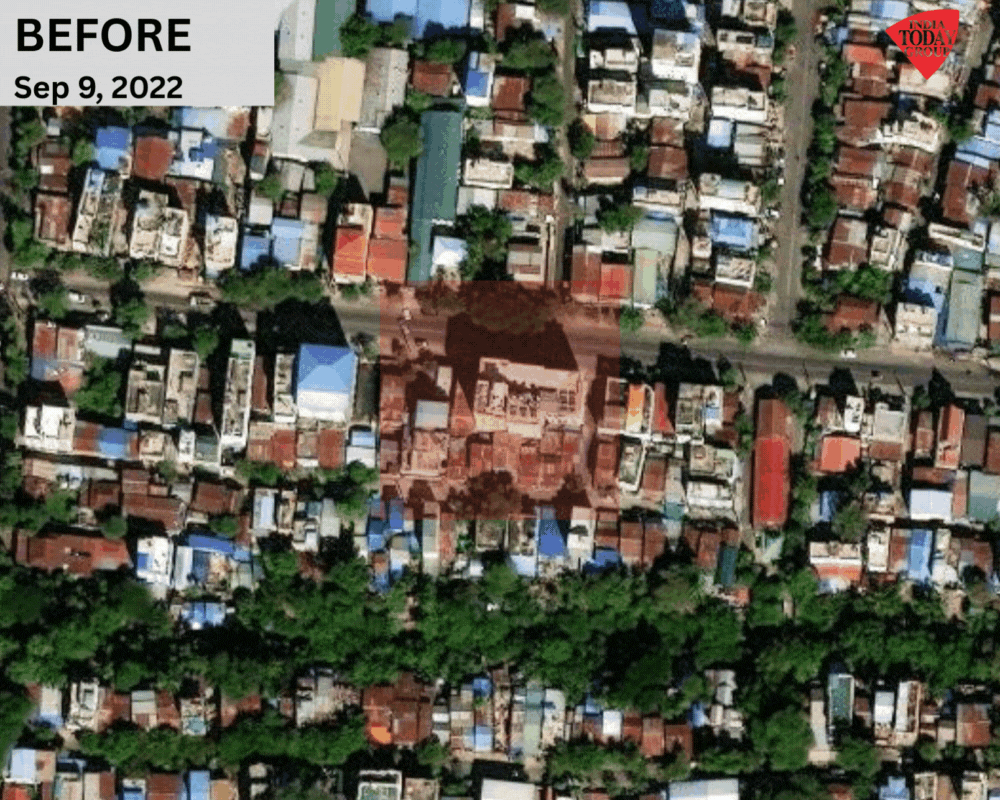



![[Photo] Relatives of victims of the earthquake in Myanmar were moved and grateful to the rescue team of the Vietnamese Ministry of National Defense.](https://vstatic.vietnam.vn/vietnam/resource/IMAGE/2025/4/2/aa6a37e9b59543dfb0ddc7f44162a7a7)

































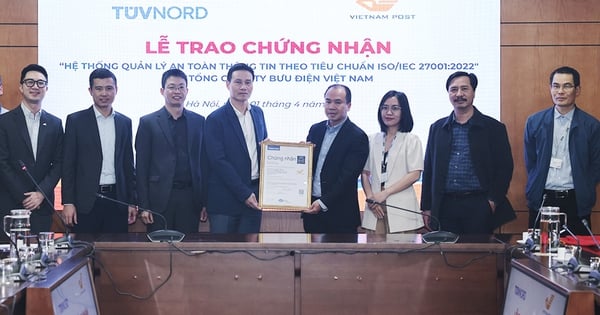




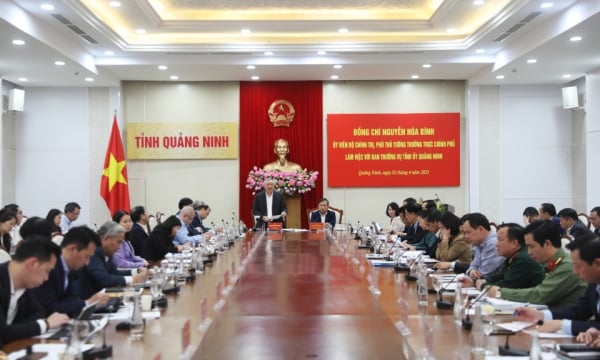

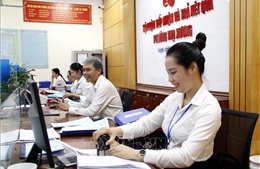

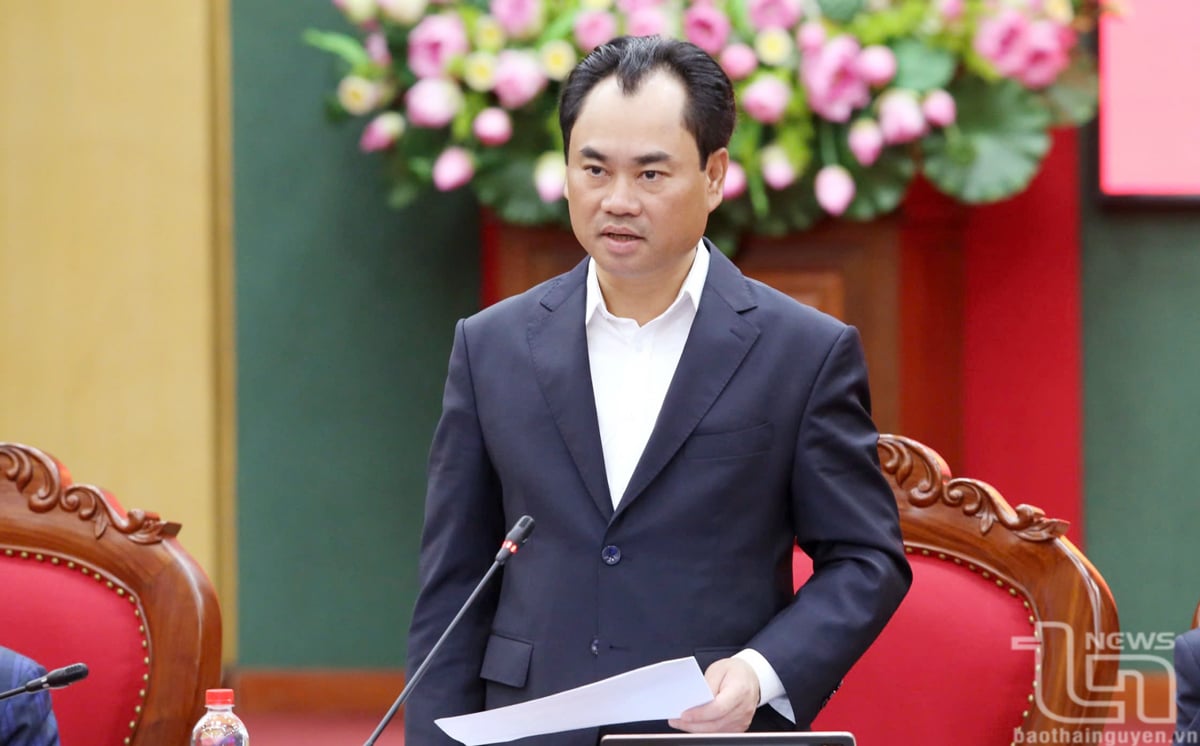
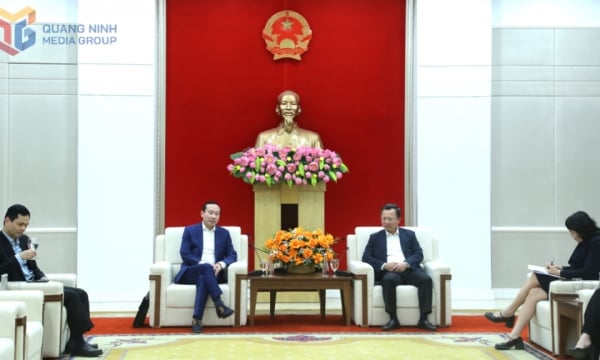















Comment (0)